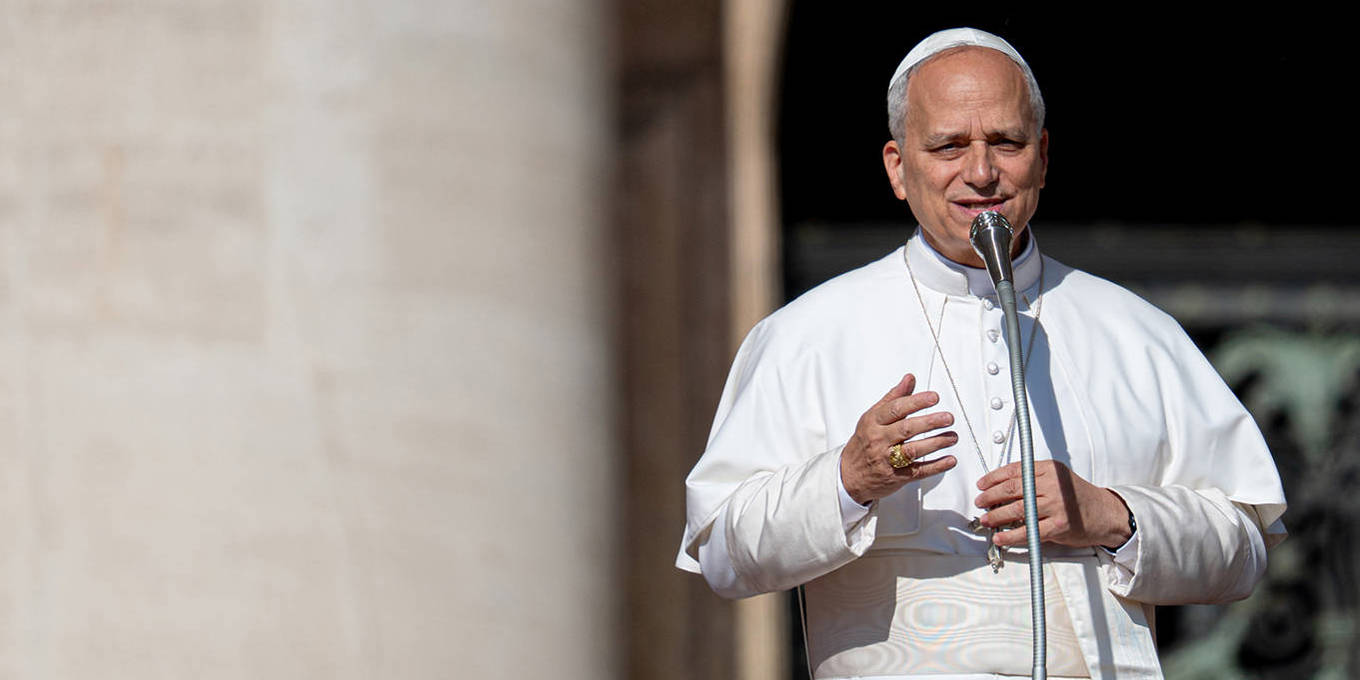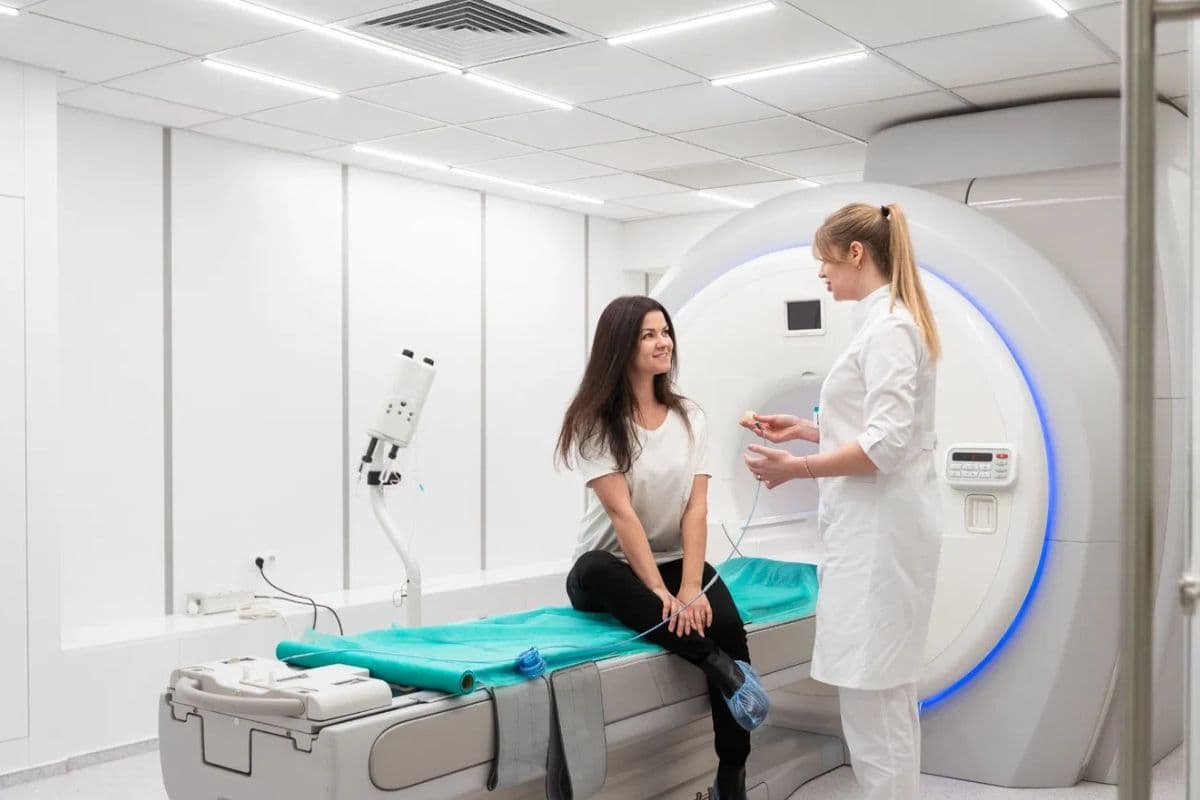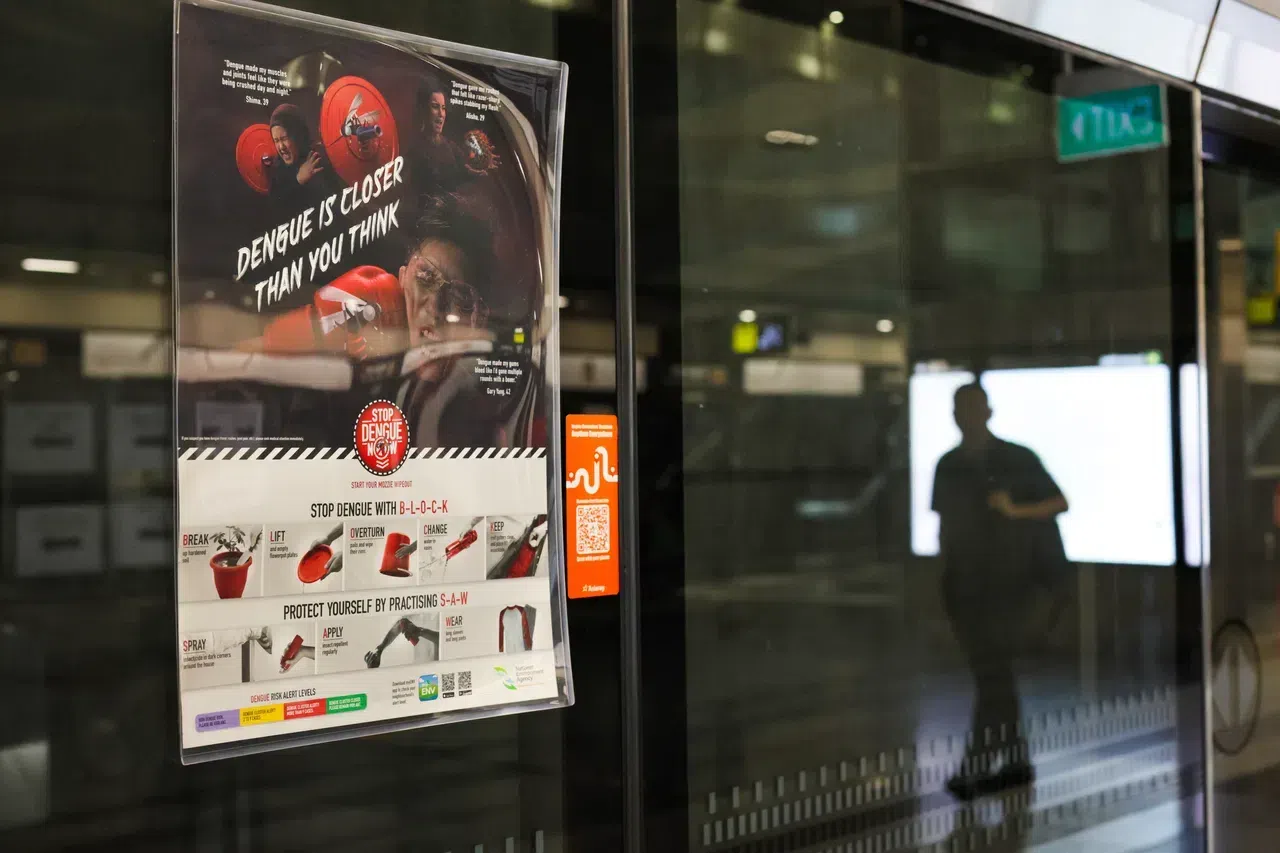Copyright Project Syndicate

PARIS – With AI knocking us from our bearings, many are wondering what place humans will have in a technological revolution that is already underway. Societies are dividing, economic models are faltering, and politicians are fumbling. Yet amid the turmoil, a unique voice stands out: that of the Vatican. I have just returned from Rome, where I took part in the Minerva Dialogues – meetings between theologians, thinkers from around the world, and tech leaders, particularly those from Silicon Valley. For nearly ten years, the Holy See has been fostering a coherent dialogue on AI and cultivating in-depth reflection on an issue that too often generates binary positions. As with climate change, the late Pope Francis was keen to establish and engage in such a dialogue, and the efforts he launched have produced successive commitments to place “human beings at the center” of technological developments. This was the motto that underpinned his messages on topics of public concern, including in his address to the heads of state and government who gathered in Apulia last year for the G7 summit. Francis worked both to deepen and to widen our perspective. He invited us to think critically about AI, cautioning about the risks, but also emphasizing its potential benefits for society. Now, his successor, Pope Leo XIV, has reaffirmed this perspective. The new pope’s chosen name, Leo, harks back to Leo XIII, the author of the 1891 encyclical Rerum Novarum, which is the founding text of the Church’s social doctrine, forged in the wake of the social upheavals unleashed by the industrial age. Leo sees a clear parallel between the circumstances facing his namesake predecessor and the contemporary challenges posed by AI. Since becoming pope, Leo has repeatedly called for an ethical and structural response to the technology. At a time when industrialization was creating the working class and condemning many to poverty and exploitation, Rerum Novarum – which can be translated as On New Things or On Innovation – sought to strike a balance. It drew a clear line between communism and capitalism, rejecting class struggle and recognizing private property as a natural right that allows people to enjoy the fruits of their labor. But it also condemned the concentration of wealth in the hands of a few industrialists, encouraged workers to form unions, and recognized a role for the state in providing social protection. Rerum Novarum marked a turning point in the life of the Church, which had previously sought to stand apart from many of the forces that modernity was unleashing. With Leo XIII’s encyclical, the Church articulated its own social doctrine, one that subsequently led to legislation protecting Sunday rest, the introduction of family allowances, the emergence of certain trade unions, and ultimately the main concepts of Christian Democracy, which became a leading political force in postwar Europe. Today, AI raises similar questions about work, inequality, and the human condition. What does the dignity of labor mean in an age of AI? The revolution this time is not so much about physical production as intellectual work. Will the technology’s diffusion reduce pay for the middle class? Will it threaten sources of meaning and community, reducing human beings to mere handmaidens of technology? How can we preserve human judgment and creativity in the face of a technology that is already being used to substitute for these functions? A defining economic question is whether the technology can be designed to complement human labor, rather than replace it. The technology also poses other new questions. What should we make of AI applications that simulate “conversations” with the dead, based on video and audio recordings of the departed? What will be the impact on children's learning? And how can we ensure that interaction with these tools is not limited to just a few languages? The scientific consensus is that there are around 7,000 languages (not to mention thousands more dialects) in the world, yet most large language models are trained on only a fraction of the total. A mathematician by training, Leo XIV is neither a technophobe nor a technophile. He advocates an approach based on discernment: taking time to understand before judging, and humanizing the debate rather than contributing to its polarization. Like Leo XIII, he intends to take action to ensure that this technological revolution remains in the service of working people and the common good of society. The Vatican’s entry into these debates may seem unexpected, but it is certainly legitimate. There are around one billion Catholics worldwide, and the Church has a direct influence over more than 200,000 kindergartens, schools, colleges, high schools, and universities, and more than 100,000 health institutions, care centers, and hospitals – on every inhabited continent. It can play a greater role than many other institutions in ensuring that AI is a lever for inclusion. Through its words, it can remind us that technology must serve people and society, not the other way around. Ethical responsibility cannot be left solely to governments or tech giants. Creating fair, inclusive, and sustainable AI requires bringing together diverse – and sometimes unlikely – voices. Doing so is precisely in the spirit of the Vatican’s Minerva Dialogues, and it concerns each and every one of us, believers or not. The era of algorithms revives old, essential questions about the place of humans in the systems we ourselves create. The answers are still up to us.



